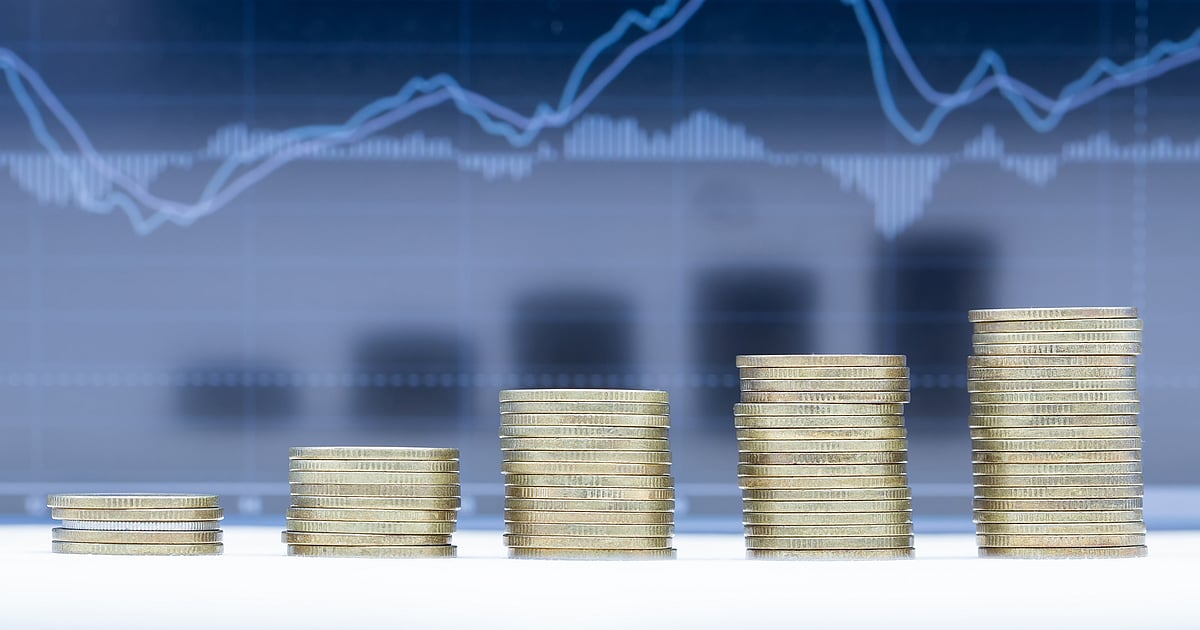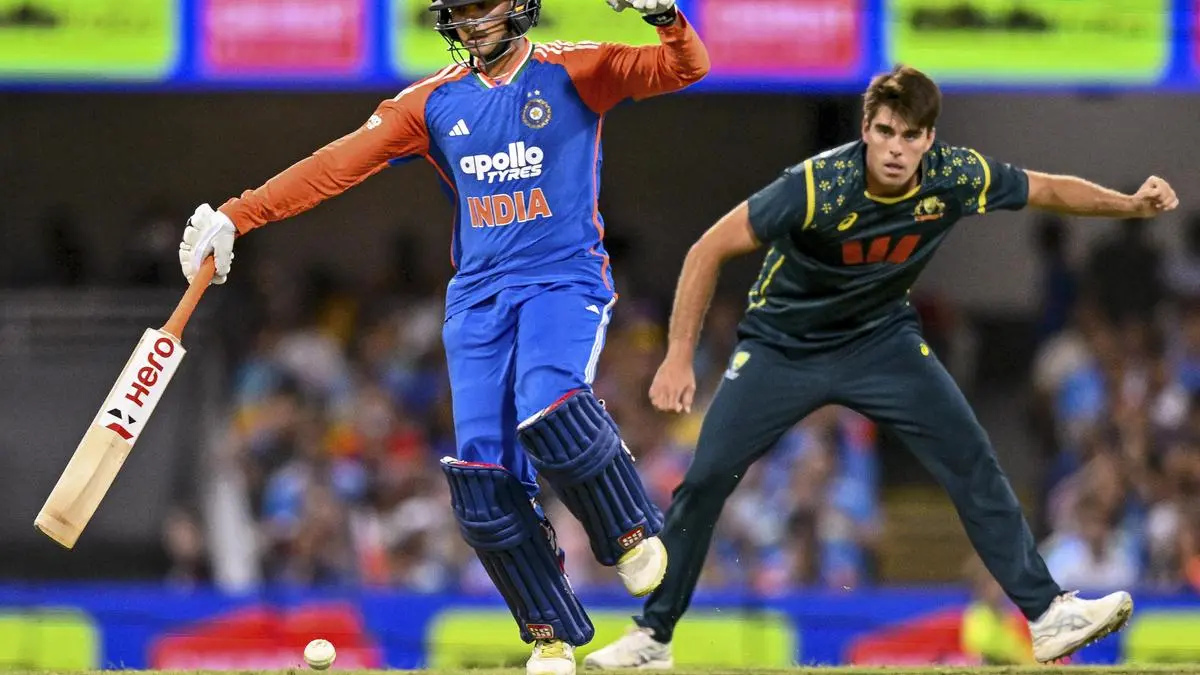Earlier this year, Jefferies’ global head of equity strategy Christopher Wood had said that a target of Sensex at 1 lakh is eminently achievable by FY27 and now Dalal Street’s veteran fund manager Hiren Ved has said it is possible even earlier by 2025.
Other market experts too do not see the magic figure being too far away.
“We believe Sensex can hit 100,000 by April 2024. Sensex goes through greed and fear cycles every 8 years. It’s in the greed cycle which will end in April 2024,” Apurva Sheth, Head of Research, Samco Securities, told ETMarkets.
Now let’s have a look at the history of the Sensex. Two decades ago, the index was trading at less than 3,000 points in October 2002. After 10 years, in October 2012, the Sensex itself gave multibagger returns and crossed the 19,000-mark.
Four years ago, in October 2018, the index was at 34,000 and today it is hovering close to the 60,000-mark.
“In the last 20 years, the Sensex has multiplied from 3,000 to 60,000. If the market compounds at the rate of 15%, which is likely, then the Sensex will cross the magic mark of 1 lakh in less than 4 years from now,” said Kamlesh Shah, President, Association of National Exchanges Members of India (ANMI).
He said once global macro worries related to inflation and interest rates stabilise, India will become the preferred investment destination as it is the fastest growing major economy and intends to become a $5 trillion economy by 2025-26.
Last year, famous value investor Raamdeo Agrawal of
had predicted that if Sensex keeps compounding at an annual growth rate of 15% it can hit the 2 lakh mark within a decade.
Tracking 15-16% corporate profit growth of India Inc, if the Sensex grows at 15%, it will double every five years.
Chris Wood too had shown a similar calculation earlier in the year to predict that the Sensex will hit 1,00,000 during FY27 or sometime in late 2026 amid 15% EPS growth and an earnings multiple of 19.4, which is also a five-year average.
Despite all the ups and downs seen in 2022, the Indian stock market has been one of the rare oases of peace in global markets.
“I think India is transiting from being part of global emerging markets to becoming a single country allocation. We will get money on our fundamentals and earnings growth,” says Nilesh Shah of
AMC.
(Disclaimer: Recommendations, suggestions, views and opinions given by the experts are their own. These do not represent the views of Economic Times)















